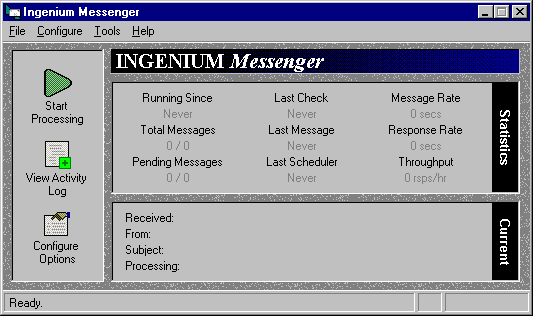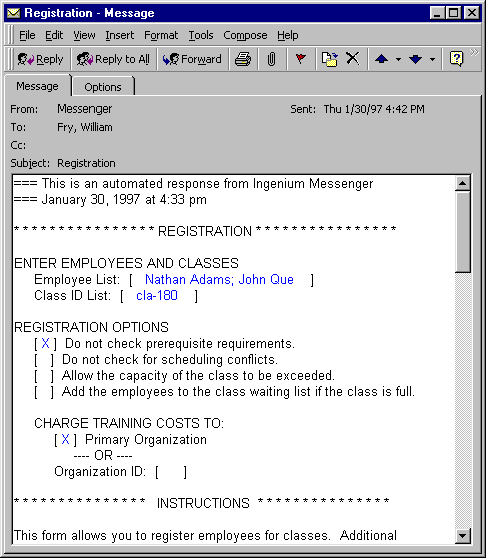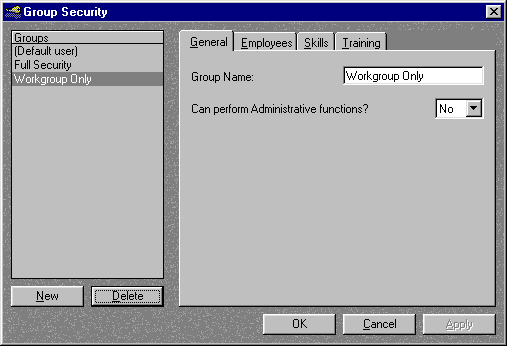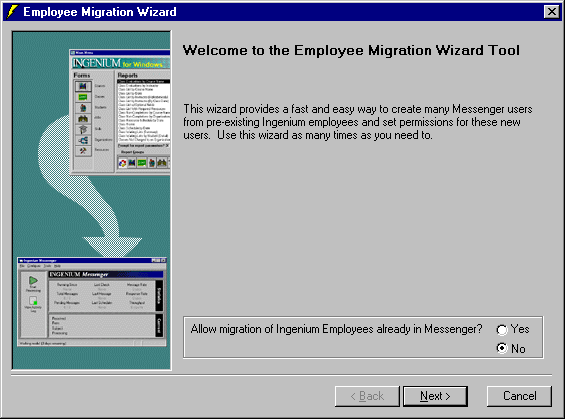Ingenium Messenger 3.0
In 1996, corporations were faced with a new situation where wide-area networks connected users around the world, yet the web browsers and web server technology were not sufficiently implemented within companies to allow users to communicate. To help Ingenium customers meet the workflow needs of a worldwide organization, Ingenium Messenger was designed to provide data access through the one network technology that was stable at the time... e-mail!
Messenger was a server application that was associated with an e-mail address. The Messenger server was capable of sending and receiving specially formatted text-based “forms” that end-users could “fill-out” to request reports, register for training, etc.
Although Ingenium Messenger had a short life (and was soon obsolesced by a web-based equivalent), it became an important “breeding ground” for technologies that would be used later:
- Template Processor (Reporting Engine). The Template Processor was a reporting engine architecture that Messenger used to generate both text e-mails as well as Rich-Text documents. The Template Processor used a mark-up language based roughly on HTML that includes features such as “nest-able” repeating sections and conditional logic. The architecture was extremely flexible such that a report could be bound to non-traditional “data sources” such as other objects.
- Advanced Security. Messenger Express supported one of the most robust security schemes that ever appeared in an Ingenium product. Not only were users limited by what functions they could perform, but that could be assigned different “workgroups” of employees that they could access that varied by function. This was also the first Ingenium product that truly scaled its user interface to show only the features that the user could access.
- Employer
- Meliora Systems
- Role
- Lead Software Architect
- Style
- Commercially-available, Database-driven, E-mail app
- Focus Areas
- Education, Security
- Technology
- Visual Basic 4.0, Microsoft Access 2.0







